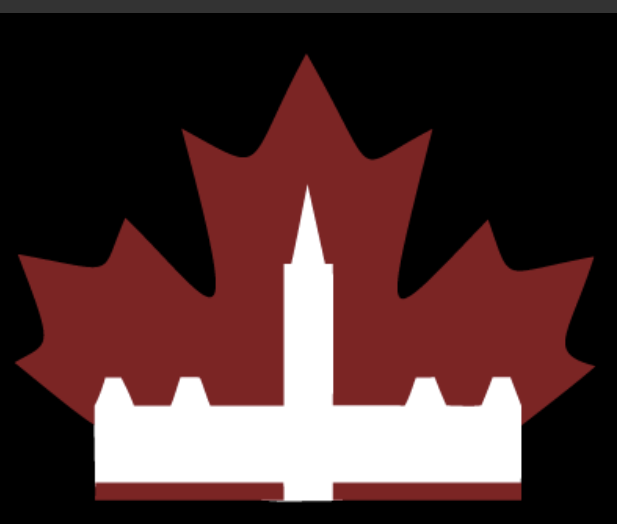Currently, we vote for one representative per riding. The issue with that is that (hypothetically) one riding could have a million people and another could have 100 people. But both of them would have the same amount of power in Parliament because 1 riding = 1 mp.
How would that work in a proportional election system? Is there one candidate per X number of citizens in an area? Wouldn’t cities be over represented? Wouldn’t there be one candidate to cover very large sparsely inhabited areas that might not have the same needs from one spot to another?
I’m really curious how this would be implemented.


First, the largest electoral district in 2021 was Edmonton-Wetaskawin, with 209, 431. The smallest was Labrador with 26,655. Elections Canada does try and even out the sizes of the ridings in population, but that is only one of several considerations, but still a smaller gap than 1,000,000 and 100. But your point does still stand, in that this could be seen as a problem with our pure FPTP system. Labrador voters have around 8 times the say Edmonton voters do. To be fair, the extremes narrow pretty fast and do converge fairly solidly around the 70-110k range.
So as to how that would change in some sort of PR system… it depends.
First, do you keep 338 seats in Parliament? Are they all going to be tied to ridings or will you be using some sort of list-based PR system? I’ll use two examples, STV and MMP, since they are more well know.
Single Transferable Vote (STV) would group several smaller ridings together to form larger multicandidate ridings. Voters rank the candidates numerically. The least popular candidates are dropped sequentially until Depending on how you want to divide up and group the ridings and how big you want them is pretty much open. Typically, I don’t think you want more than 7 candidates or it gets confusing, and in much of Canada you already have big ridings. Plus population centres can skew things. Do you make all of Vancouver Island a bigger 7 seat district, or do you break Victoria out into it’s own 4 seater and the rest of Vancouver Island a 3 seater? The Territories each have one riding that is pretty darn big, and already much smaller than average (all three would make a single average sized riding). You could just have single seaters, so basically exactly what we have now but with IRV (Instant Runoff Voting). Better than FPTP, but not very proportional
Mixed Member Proportional would keep the single seat ridings and add “top-up” seats assigned from party lists, or have fewer bigger ridings to free up seats to be assigned from party seats. Voters would vote for their local candidate as currently, and local candidates are assigned as under FPTP. The voters might also mark a party preference which would be used to assign the makeup seats, or the vote for the local candidate would be also used to indicate party preference. Or there could also be an open list.
So I guess the final answer is it depends. And balancing people vs. area is already a problem, and although a new voting system might solve some of those problems, you are going to have disagreements on what the problem even is. Arguably using some flavour of MMP the most “fair” (for some definitions of fair) since even if Labrador’s 26,000 people have way more say than Edmonton-Wetaskawin’s 209,000, it will pretty much all come out in the wash since their votes will be evened out in the make-up seats assigned by party list.
Also, this is not exhaustive. There are other systems and tweaks to systems (q.v. RUP, Rural-Urban Proportional ) that could work even better for Canada federally.